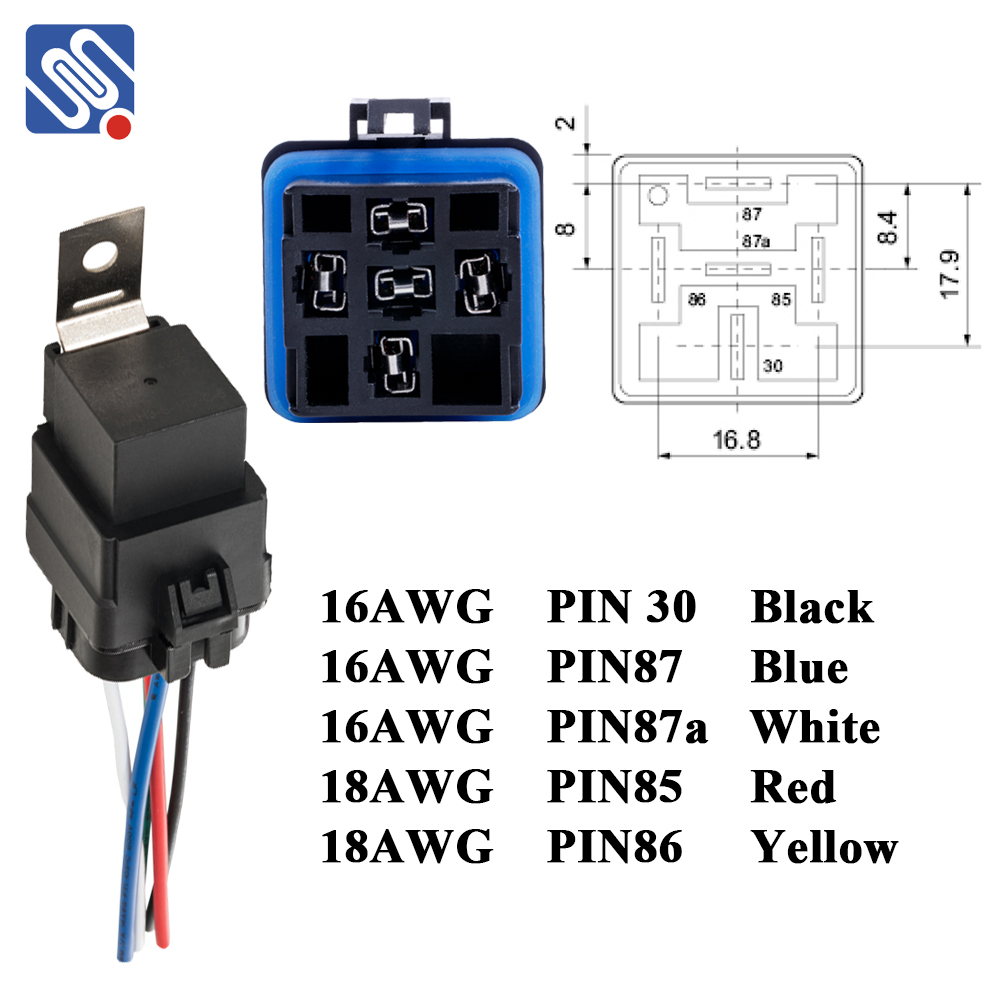understanding relay wiring: a key component in electrical systems
Release time:2025-03-21 21:08:02
Relay wiring plays a crucial role in electrical systems by enabling control of high-voltage circuits with low-voltage signals. This feature is particularly important in various applications, ranging from industrial machinery to automotive systems. A relay allows a small electrical current to control the switching of larger currents, ensuring safety and efficiency in operations. Among the notable brands offering high-quality relay products is Meishuo, a name that has gained recognition for its reliable and innovative solutions in the world of electrical components.

What is a Relay?
At its core, a relay is an electrically operated switch. It uses an electromagnet to open or close a circuit, allowing a small electrical current to control a much larger one. Relays are essential for a wide range of applications, including automation systems, vehicle electronics, and household appliances. They are designed to ensure that circuits remain safe, stable, and efficient while allowing control through low-voltage signals.
The Importance of Proper Wiring in Relays
The proper wiring of relays is critical to the functionality and longevity of an electrical system. Incorrect wiring can result in circuit failure, safety hazards, or even permanent damage to components. Relay wiring typically involves connecting the relay's input side to the control circuit and the output side to the load circuit. The basic components of a relay include the coil (which creates a magnetic field when energized), the contacts (which open or close the circuit), and the terminals for wiring connections.

